From time to time, you can read in the recipe that it is necessary to prepare the dish in a nonreactive pan. In most cases, it refers to jams, sauces, and citrus meals. This cookware is the one which, as the name suggests, doesn’t react to acids in food. That way, you won’t feel a metal taste when you eat food cooked in it.
Whether the pan is reactive or not primarily depends on the material it is made of. However, you can still choose cookware made of highly chemically active materials like copper if it has a coating from a metal that doesn’t affect food. Let’s see what is a nonreactive pan and if it is the right option for you.
This article will cover
- Nonreactive Materials.
- Non-Stick Cookware.
- Reactive vs. Nonreactive Pans.
- Food That Requires the Nonreactive Pan.
- What to Look for When Buying a Nonreactive Pan?
- Nonreactive Pot Cleaning.
- Cooking Precautions.
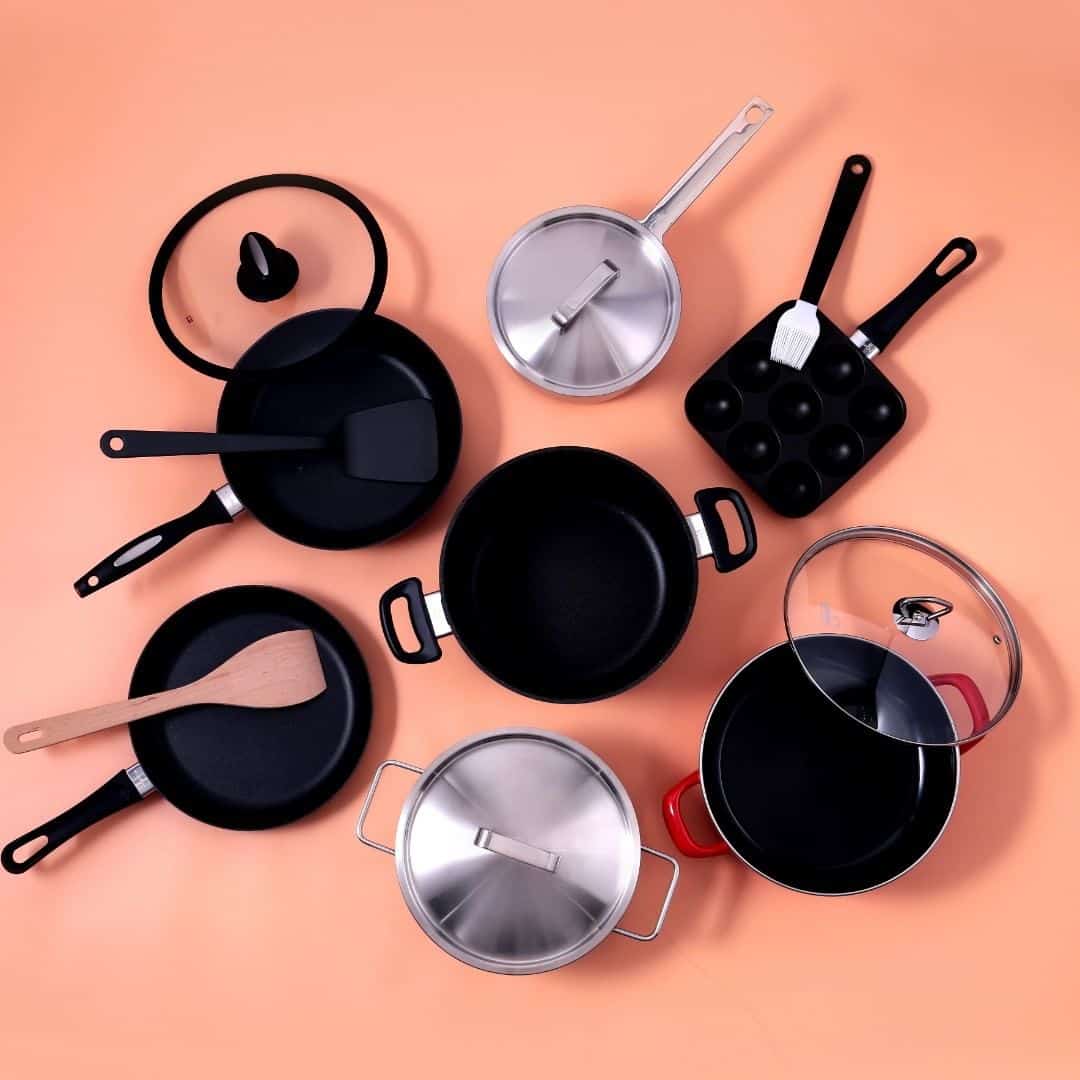
Nonreactive Materials
Tomatoes, wine, and citrus are just some of the foods most metals react to because they contain a high acidity percentage. The term ‘nonreactive’ refers to metals that don’t contaminate this type of food with metal particles.
Nowadays, there is a wide selection of nonreactive pans, in which the food won’t change color and taste. If you want to be sure that your cookware is safe to use, you should choose adequate materials such as tin, enamel, ceramic, plastic, or stainless steel. Surprisingly, glazed clay is safe to use, while unglazed clay might not be suitable for some types of food due to potential reactivity.
Stainless steel is the most popular choice among nonreactive cookware. However, the downside of this material is the poor conduction of heat. To counter this, many manufacturers add a layer of copper or aluminum, typically sandwiched between stainless steel layers, on the bottom of the stainless-steel pans to enhance heat conduction.
Tin-lined pans are also a smart purchase since this material is non-toxic and doesn’t react with food. Therefore, manufacturers line the copper and aluminum dishes with tin.
It is not a common choice, but you can purchase cookware made of glass, ceramics, and nonreactive plastics, as well. They can be a tricky option since some particles can end up in the food if you scratch or chip the pan surface.
Non-Stick Cookware
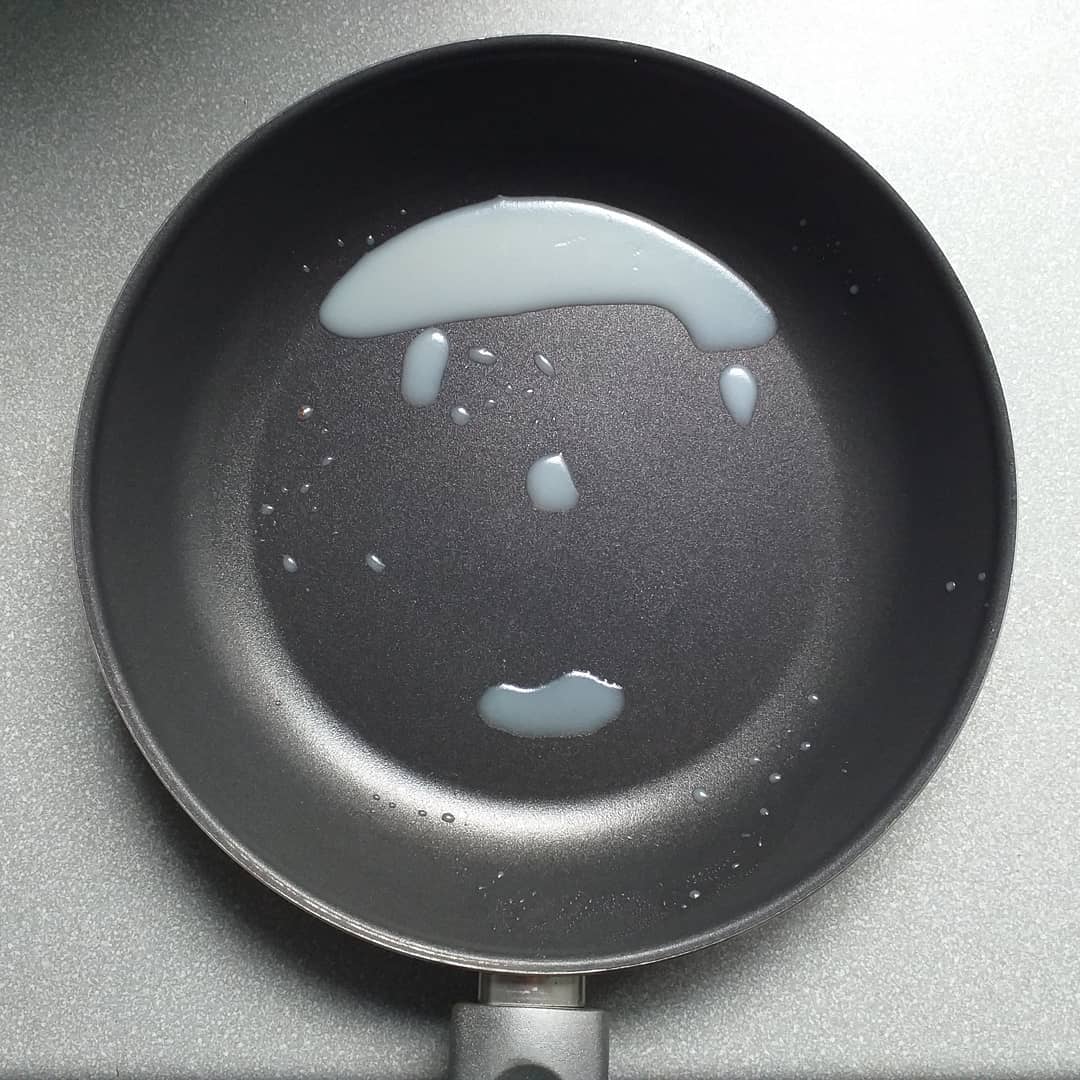
Nowadays, most non-stick pans have a protective Teflon (PTFE) coating that prevents changes in food quality, making them functionally nonreactive under normal cooking conditions. However, it’s important to be aware that these coatings can degrade at very high temperatures and potentially emit toxic fumes.
If you have already had a non-stick pan and are not sure which coating it has, or if it reacts to food, you can do a test with baking soda. Boil one tablespoon of this agent with a glass of water in your pan and drink some liquid when it cools.
Baking soda is one of the ingredients that have a high absorption power. So, if your pan is nonreactive, the water will have the usual, slightly salty taste. On the other hand, if it tastes like metal with a bitter or sour note, avoid that pan when you prepare a dish that contains acid.
Reactive vs. Nonreactive Pans
Reactive Pans
A reactive pan can dissolve, leach, or otherwise contaminate your food. You can notice the ingredients get a darker shade or have different tastes when you use it.
Therefore, your pans made of aluminum, copper, and cast iron are not suitable for preparing acidic food.
Keep in mind that dishes with alkaline ingredients can also cause a chemical reaction in contact with this cookware. For example, your whipped eggs can turn gray when prepared in such a pan.
However, these materials excellently conduct heat. So, you can use such a pan for cooking rice, melt sugar, and pan-brown meat.
Nonreactive Pans
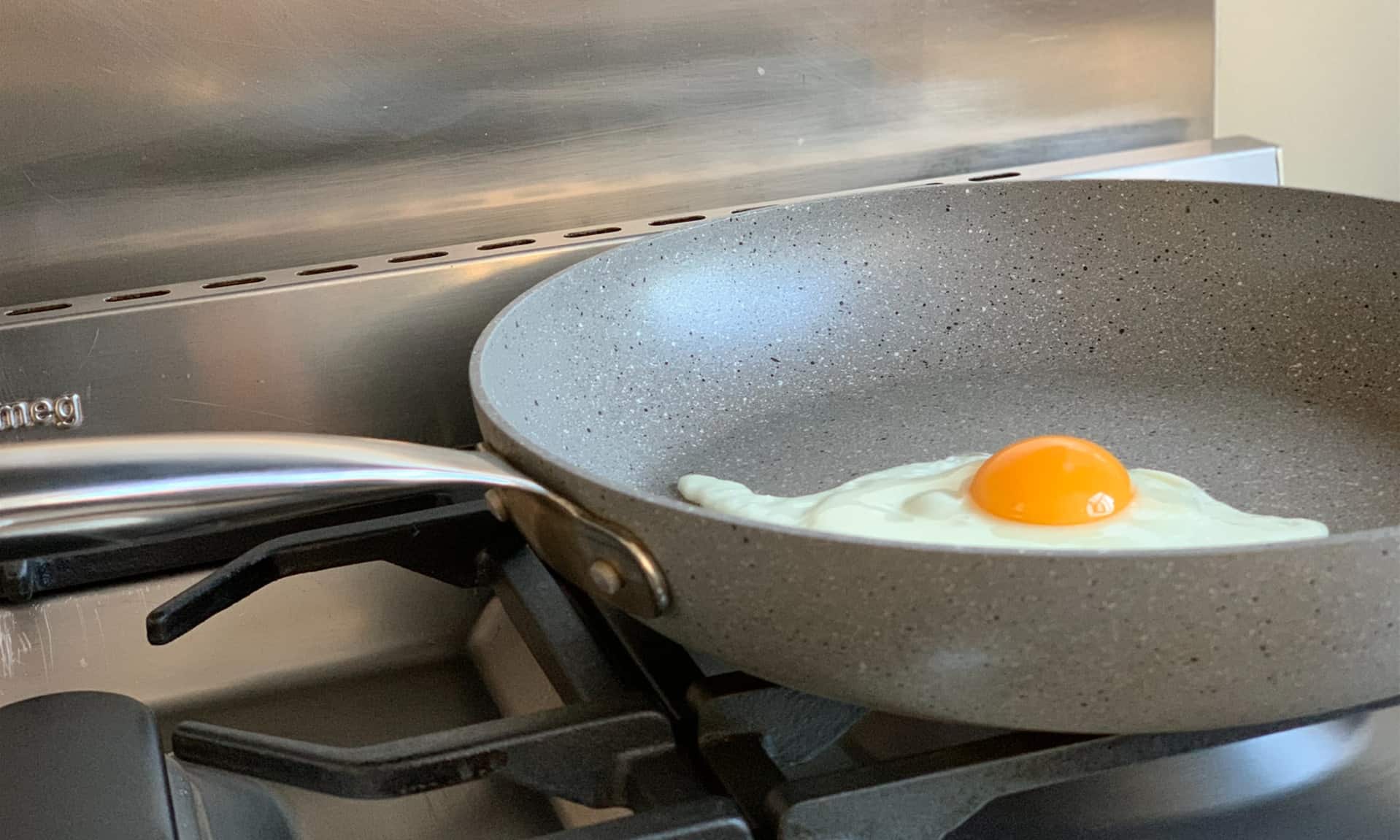
Even though the nonreactive pans don’t have high heat conductivity, they are an excellent choice for storing and cooking any type of food.
Plus, it is much healthier to prepare food in cookware with a nonreactive coating.
That doesn’t mean you need to throw away half of your pans right away. For food to react with metal, it takes a specific temperature and more extended time. For example, you can roast tomato rings on a grill pan and avoid cooking tomato soup in a copper pan.
Food That Requires the Nonreactive Pan
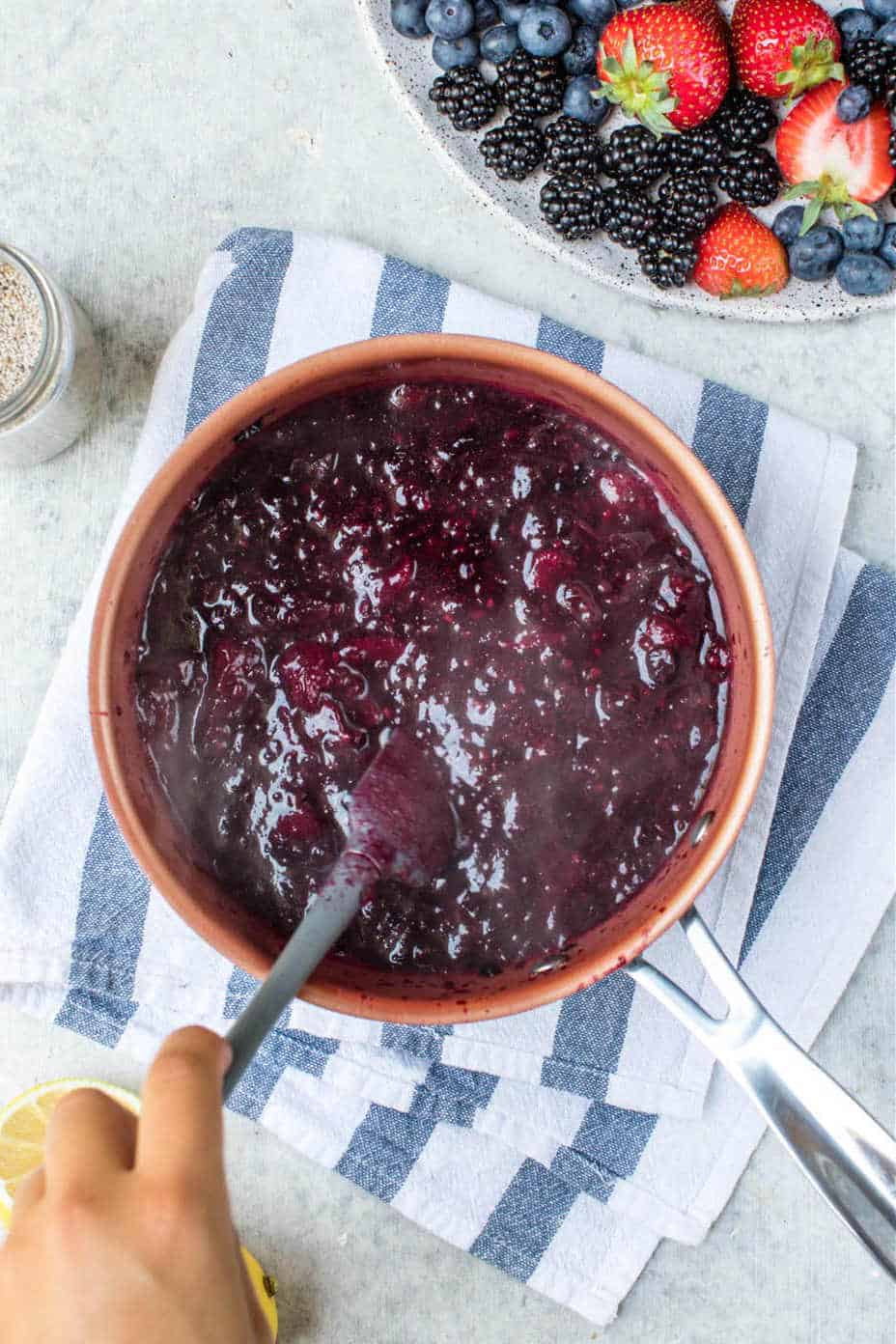
Although reactive pans have their purpose for preparing particular meals, most contemporary recipes almost categorically recommend nonreactive cookware.
Jams and juices – Most fruits, especially citrus, contain fruit acids that can damage the reactive pan. Malic and citric acids attract metal atoms out of materials such as copper, cast iron, and aluminum. If you prepare apples, pears, tomatoes, berries, and pineapples, take a pan that is not sensitive to high acidity.
Very salty food – Large doses of salt in food can cause the pan to corrode. If you prepare dinner in a copper or aluminum pan, the better solution is to add salt at the end of cooking. Salsa and pasta sauces also require a nonreactive saucepan.
Pickled food – All types of pickles have a lot of vinegar, and dishes like sauerkraut and kimchi trigger metals reaction. In such a case, you should use a pan that doesn’t react to acid.
Keep in mind that you can expect a change in the taste and smell of food, although you only store it in a regular pan for a short time. Plus, you can see stains and discoloration on the pan surface when it is in contact with acid for an extended period.
Rhubarb desserts – Although rhubarb is a vegetable, many people use it for desserts combined with berries and lots of sugar. Its bright, crimson stalks contain too much acid, causing damage to your favorite pan during cooking.
What to Look for When Buying a Nonreactive Pan?
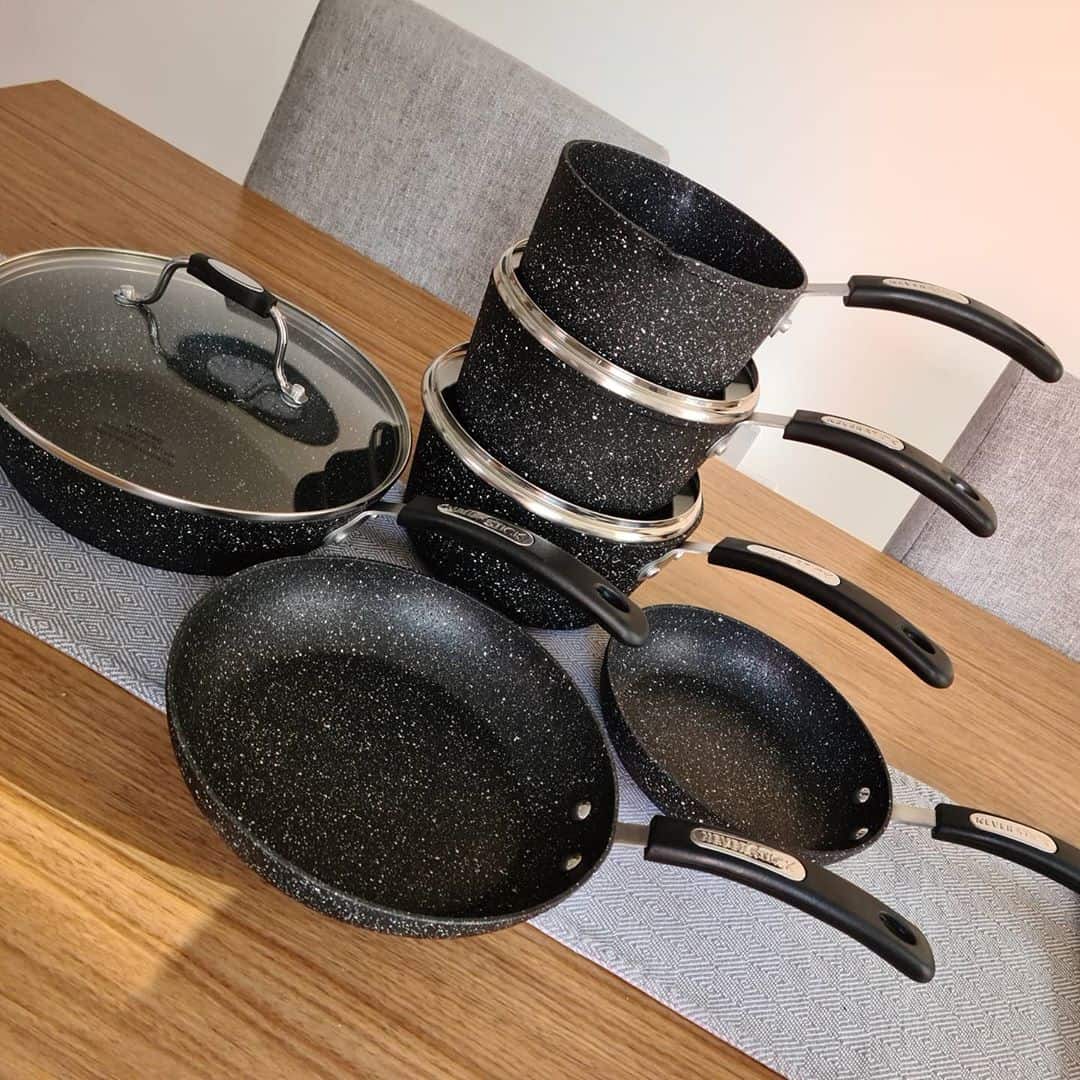
You need to pay attention to the product brochure when you buy the pan. It will help if you read about the materials, coatings, and purpose of this particular skillet on the information leaflet. That way, you will be sure that the chosen cookware won’t react to alkaline and acidic food.
Most modern pans contain a combination of several different materials. You can purchase the nonreactive model with a non-stick coating and a tempered glass lid with high heat conductivity.
The way the manufacturers use the materials is crucial. So, you can prepare whatever you want in the copper pan with the stainless-steel interior finish. On the contrary, stainless-steel cookware with an exterior or bottom copper lining does not limit the number of recipes you can use as the food does not come into contact with the copper.
As usual, the quality is in line with the price and your needs. Nowadays, you can purchase the pan for $25 at your local store, but you can expect to scratch it quickly. Also, there is no guarantee that it won’t contaminate your food with potentially toxic particles.
On the other hand, a relatively more expensive pan of some $100 will combine the best of reactive and non-reactive cookware. So, you can use it without fear of toxicity.
Nonreactive Pot Cleaning
When you invest in quality cookware, you want to use it for years and keep its quality during that time. For this reason, you need to maintain it properly.
Unfortunately, if you notice that the pan is starting to peel off, it is time to end it up in the trash and get a new one. I am sure that you don’t want materials that could contaminate food in your meal.
For non-stick and other coated cookware, always avoid sharp and abrasive cleaning tools, such as hard scrubbing sponges and steel wool, which will scratch and damage the coating. Strong chemical cleaners are also not desirable. In most cases, you can remove food debris with warm soapy water.
nonreactive enamel pans have sensitive surfaces, and you should wash them with mild soap and sponge or natural brushes. If you see leftovers on the pan edges, soak your cookware for half an hour and gently scrub them off.
Baking soda is safe for cleaning all types of pans, but avoid using bleach on nonreactive dishes. Some skillets may get dark stains over time, but it is not a reason to use bleaching agents on them. Also, always check if you can wash your new pan in a dishwasher.
If you use cookware made of stainless steel or glass, never wash them before cooling entirely. Temperature shock will damage the dishes over time, and the glass will probably crack. It is always better to buy particular polishes for the stainless-steel pans to preserve their shiny surface.
Cooking Precautions
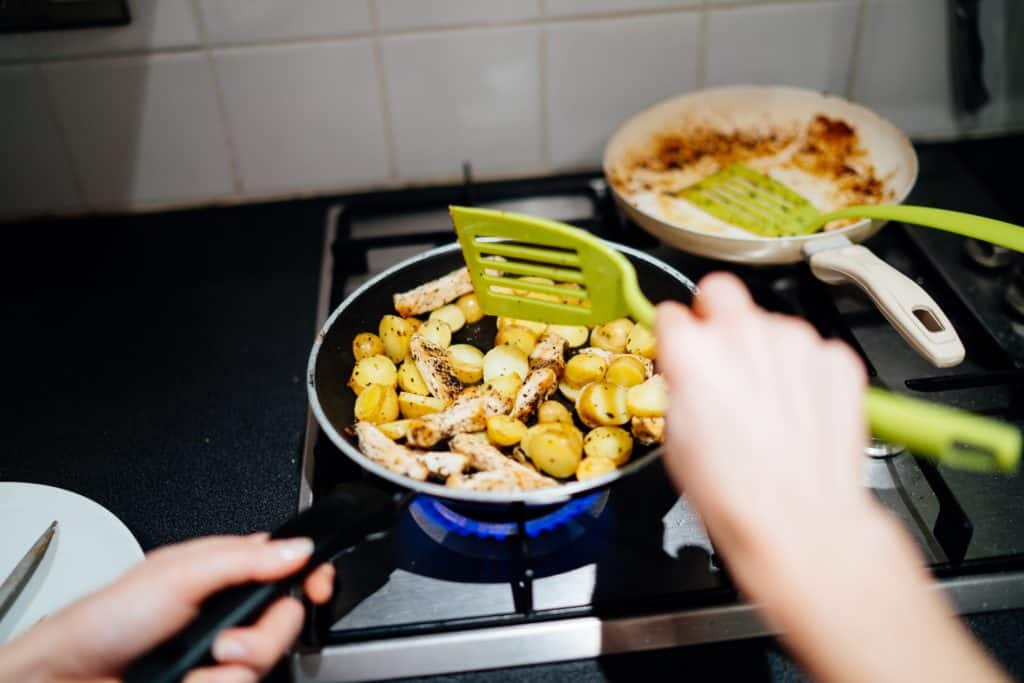
Make sure to keep an eye on the pan while preparing the food. Never place empty cookware on a hot surface, especially if you have copper one with tin lining. They heat up incredibly fast, and the heat can damage the coating.
To avoid scratching the pan surface with metal kitchen utensils, you should use a wooden spoon and silicone tools. Don’t forget that some nonreactive pans are not safe for use in the oven.
Summary
The characteristics of the nonreactive pan depend on the material it is made of. Stainless steel, tin, and enamel won’t react with food while copper, aluminum, and cast iron will. All non-stick pans are nonreactive. Try to purchase cookware with an interior finish made of nonreactive materials. These durable models are quite expensive, but they are worth every penny.
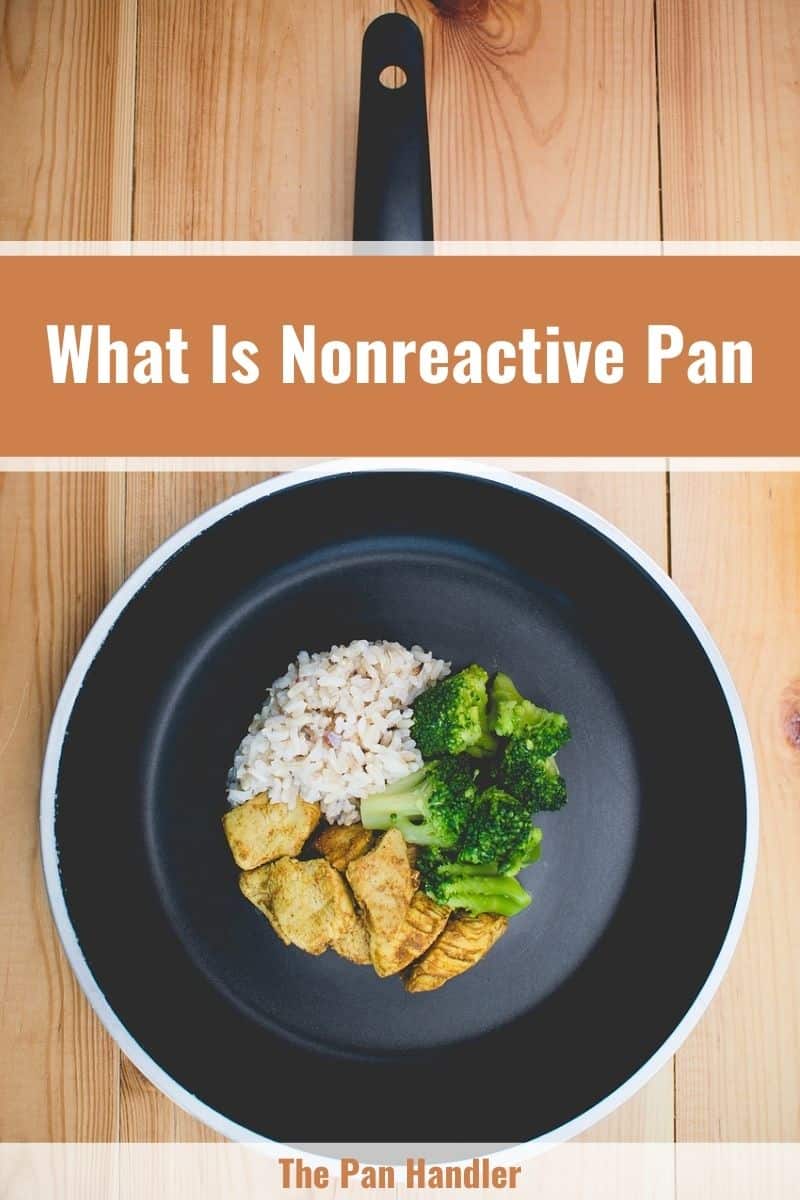

Michael Johnson is the founder of The Pan Handler, Inspired by his blacksmith grandfather’s legacy has a deep appreciation for hand-crafted pots and pans, he provides invaluable guides, reviews, and recipes to enhance your culinary journey.

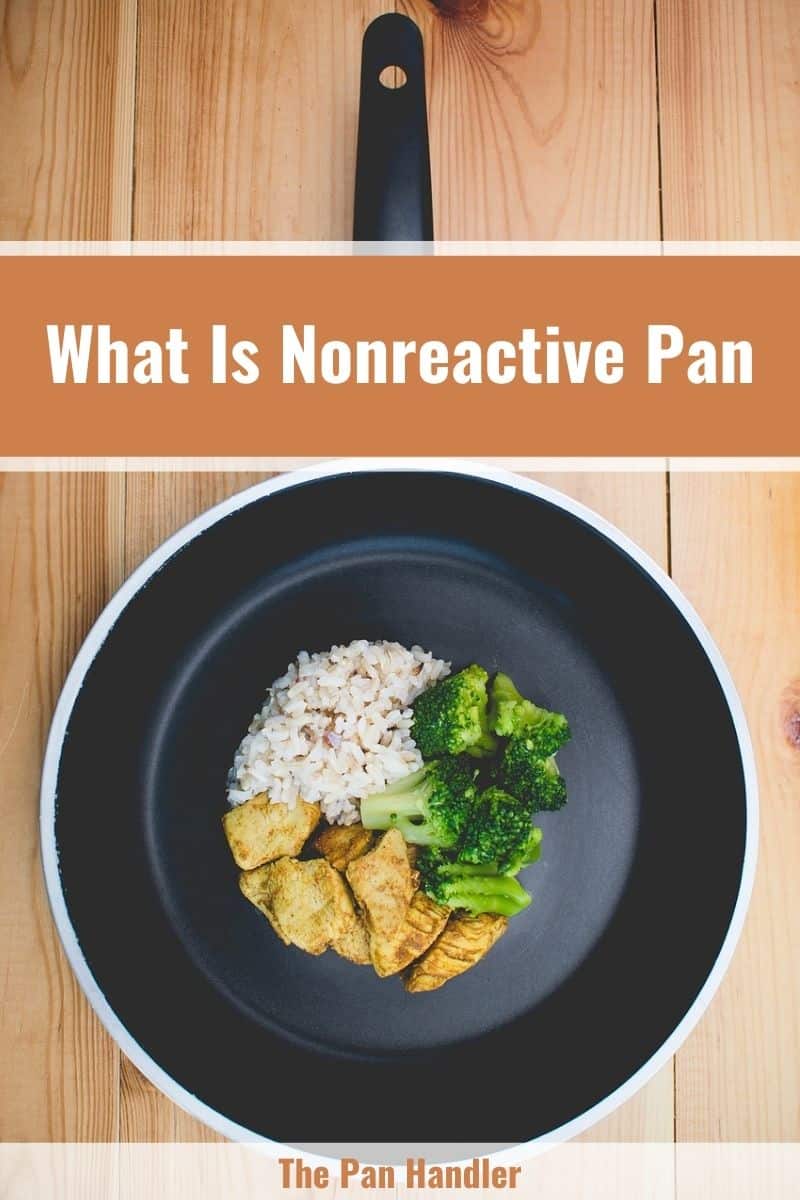
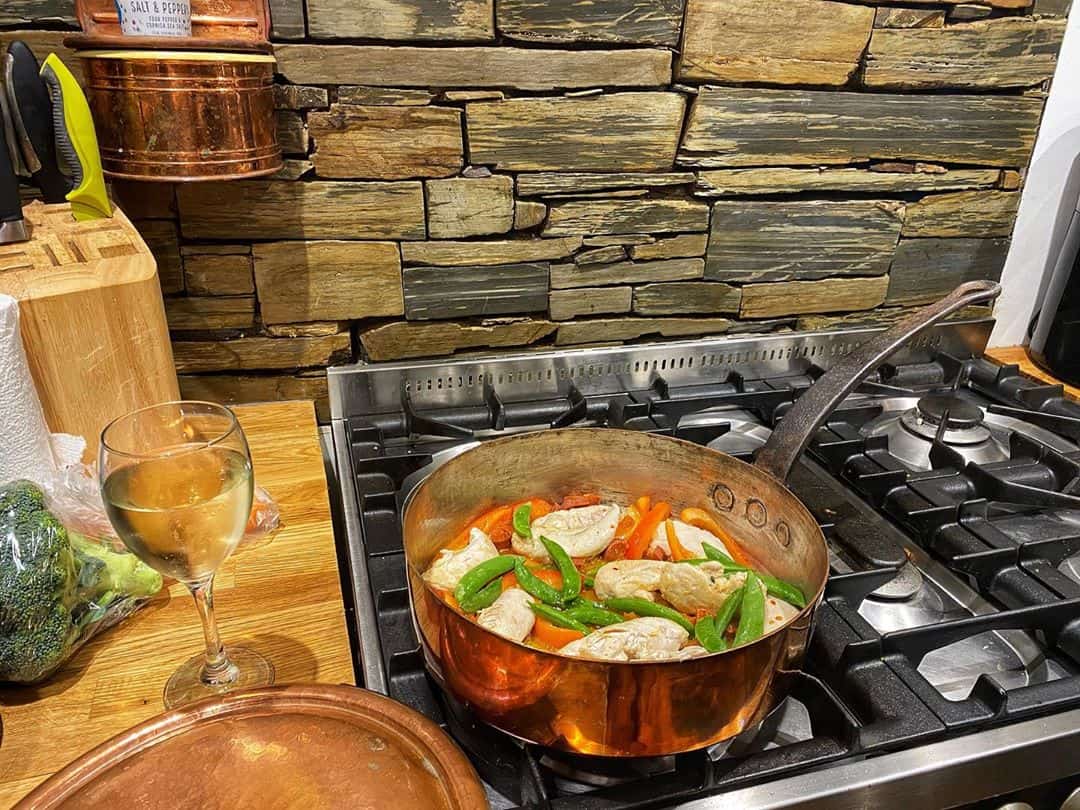
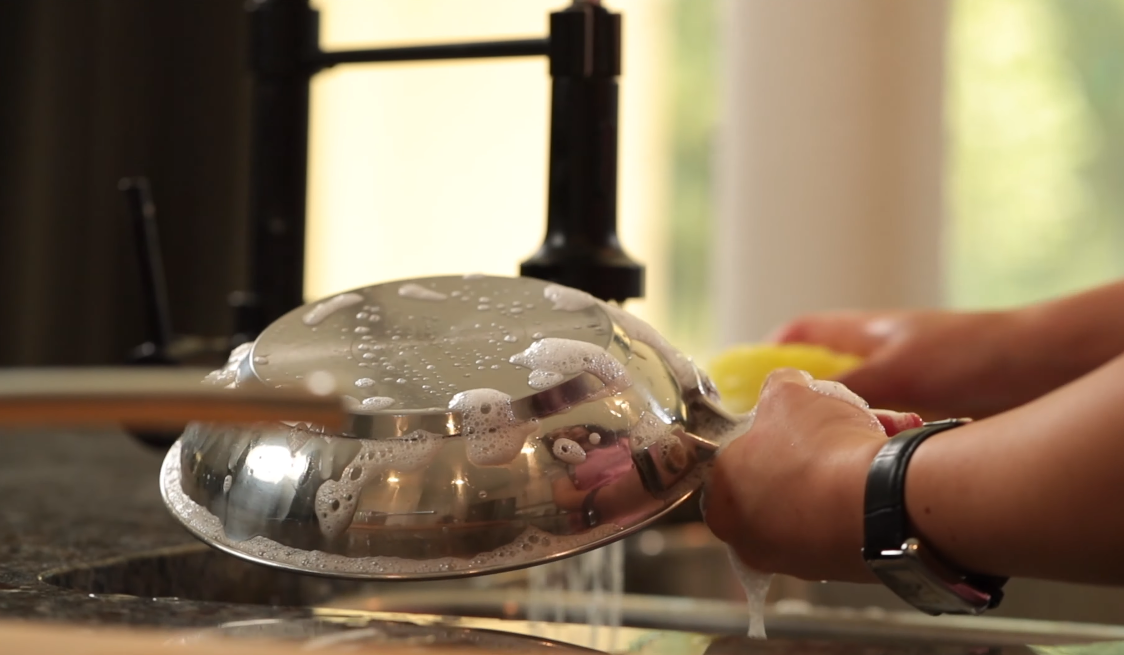
I make my spaghetti sauce in a purex glass stock pot. I have never had any transfer of “off taste” of my sauce.
My question is, is it BPA safe? I have had it for several years and only use it for my spaghetti sauce, which I make from scratch.
Glass is a very safe cooking vessel as it is chemical-free, made from natural materials, and dishwasher safe. BPA is found mainly in plastic wares. BPA is used to make plastics and resins – not glass. Many lids of storage containers are BPA free but you would have to check with the manufacturer if you aren’t sure.